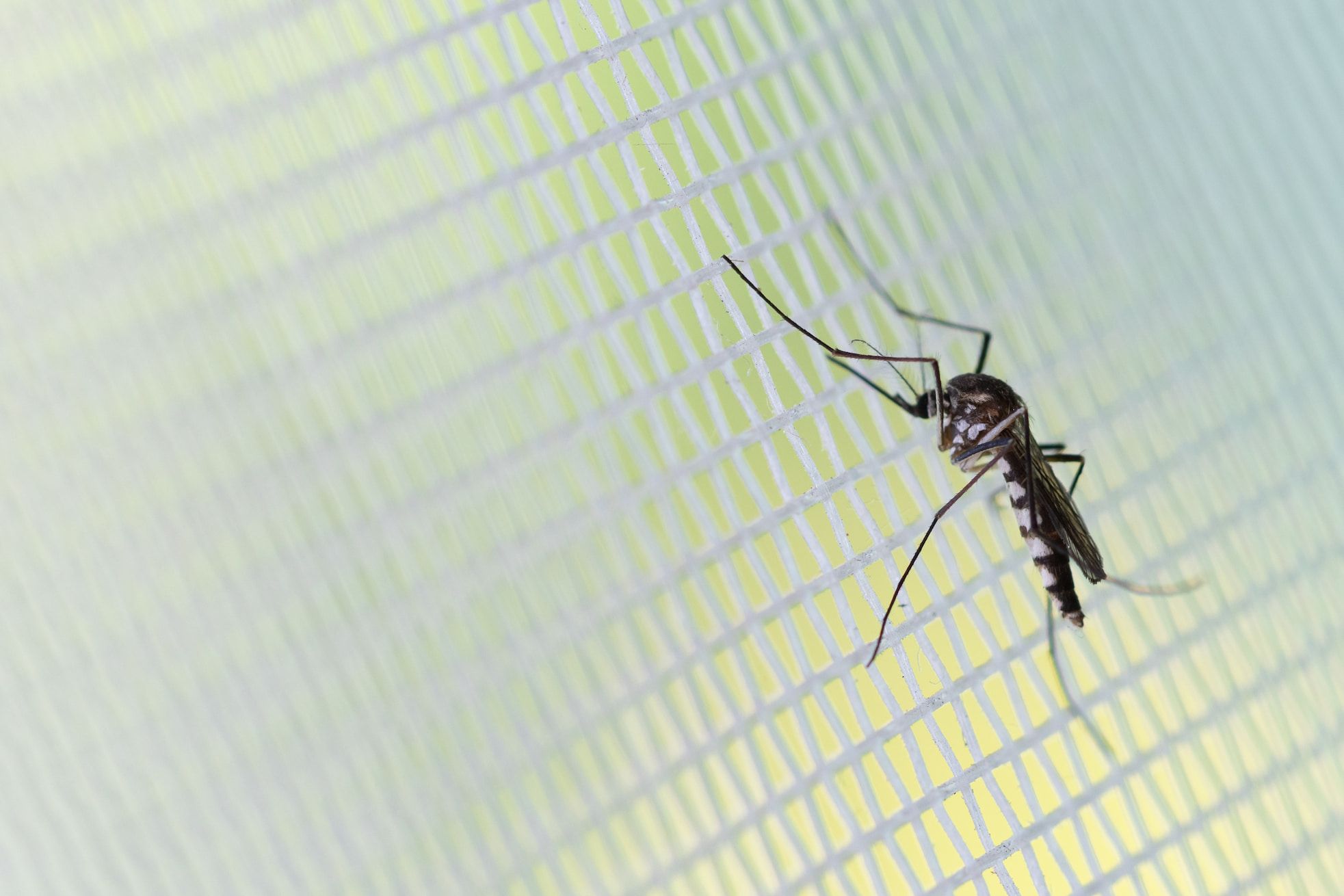
🦟 New type of mosquito net receives WHO approval in the fight against malaria-carrying mosquitoes
New mosquito nets that both protect and kill mosquitoes receive WHO approval.
Share this story!
The world's deadliest animal, the malaria mosquito, may soon be combated even more effectively thanks to a new technology recently approved by the World Health Organization (WHO).
A new type of mosquito net, treated with insecticides, combines two chemicals to more effectively kill malaria-carrying mosquitoes that carry the parasite causing malaria.
The disease is estimated to have killed around 619,000 people in 2022, most of whom were young children in sub-Saharan Africa.
The new nets protect in two ways
Insecticide-treated mosquito nets protect against malaria in two ways: They prevent mosquitoes from reaching the person sleeping under the net, and they kill the mosquitoes that land on them, reducing the deadly insect population.
The use of mosquito nets has been one of the main reasons for the 40 percent decline in malaria rates between 2000 and 2015. However, in recent years, resistance to pyrethroid, the most common insecticide for net treatment, has increased, contributing to a resurgence of malaria in many places.
"It is high time" for WHO's recommendation, says Patrick Kija Tungu, entomologist at Tanzania's National Institute for Medical Research. "We need new nets" that do not rely solely on pyrethroid, he says.
Prevents mosquitoes from moving
The new nets approved by WHO combine pyrethroid with another chemical, chlorfenapyr. Chlorfenapyr is a relatively new insecticide that attacks the mosquitoes' mitochondria and causes muscle cramps that prevent them from moving or flying.
Two large recent studies in Tanzania and Benin showed that the new so-called IG2 nets reduced the incidence of malaria in children by almost half compared to pyrethroid-treated nets alone. This meant that the savings in treatment costs outweighed the higher price of the nets. It was enough for WHO to recommend the use of the nets in areas with pyrethroid resistance.
Chlorfenapyr was first introduced in the United States in 2001 for use on non-food crops in greenhouses, but is not allowed to be sprayed on fields as it can be toxic to birds and aquatic animals. However, its use in mosquito nets is considered environmentally friendly because the treated nets hang indoors and have limited contact with the environment.
The wider introduction of the new mosquito nets with chlorfenapyr could become an important part of the ongoing fight against malaria and help reduce the number of deaths and illnesses associated with this dangerous disease.
By becoming a premium supporter, you help in the creation and sharing of fact-based optimistic news all over the world.


